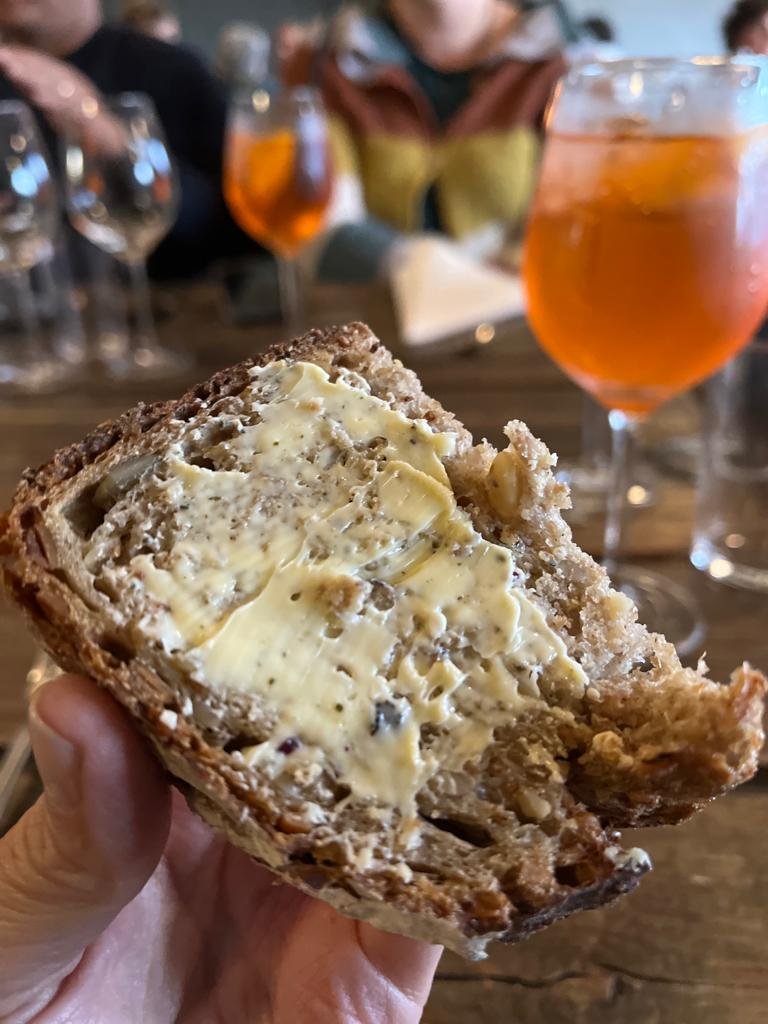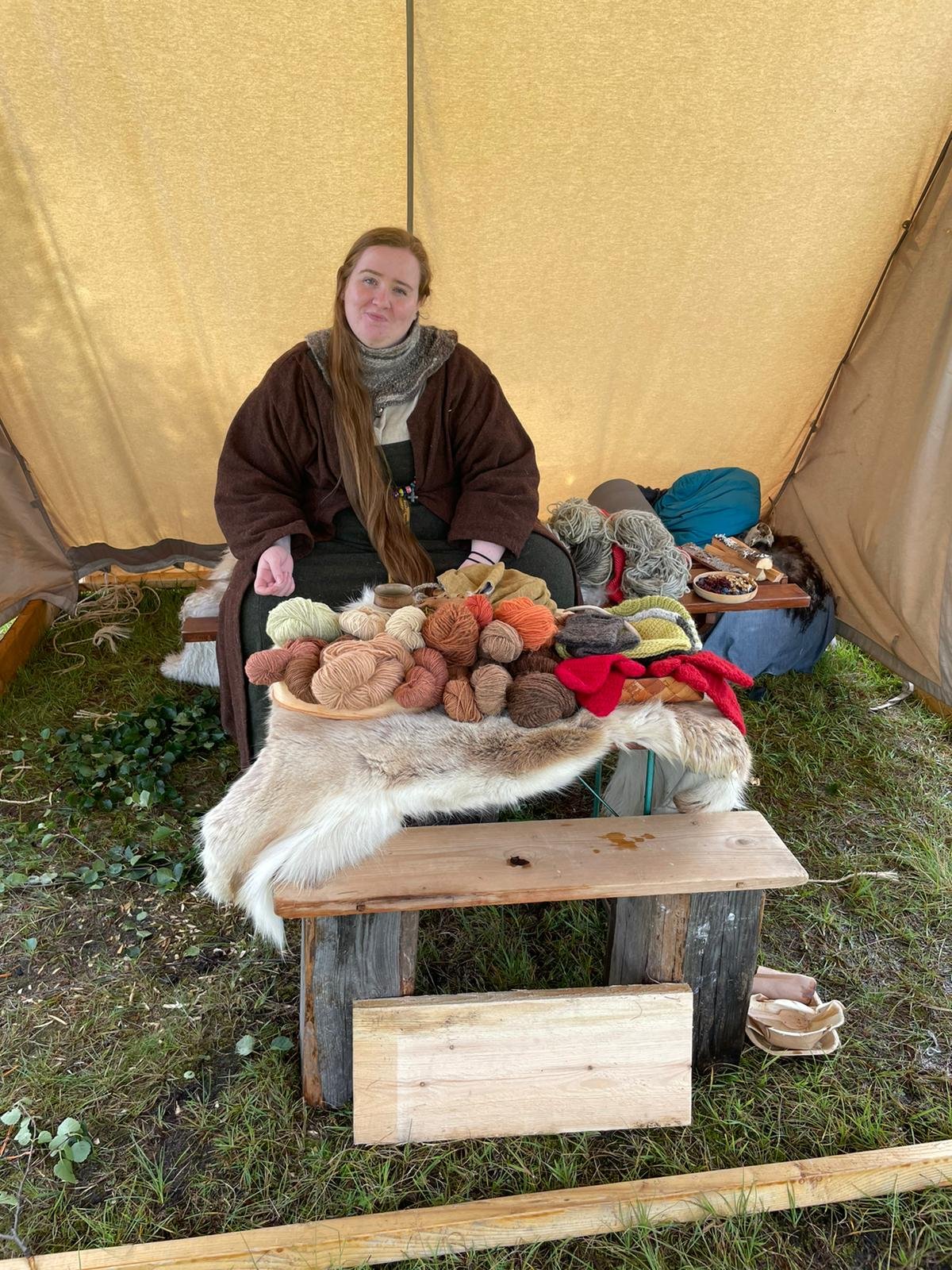Norwegian Travelogue: Lofoten (Part 2)
If you want to visit Kvaroy Island, Lofoten, Bodo and the whole area of Nordland in the warmest time of the year, you have to go during the summer, also known as… the Arctic summer. Inspired by the Norwegian saying that there is no bad weather, just bad clothing, we packed layers of clothes, wind-resilient jackets, and waterproof shoes, and embarked on a Norwegian adventure!
We invite you to follow our trip to the Arctic Circle. Don’t miss part one, where we shared about our travels to Indre Kvarøy and Bodo!
A Watery Commute
From Bodo, we jumped on a 5-hour boat ride through the pristine waters of the Norwegian sea, and arrived at Svolvær (say “svol-var”), the administrative center of this whole area, named Nordland County, which is located in-between Sweden and the Atlantic Oceans.
If you ask Wikipedia, Nordland is the least populous of all the 11 counties in Norway. We suppose it’s because of the year-around challenges gifted by the elements. The exceptional scenery is unforgettable, though. The place is weirdly defined by an intriguing mixture of harsh Arctic climate, mild Gulfstream whispers, and fjordal coastline kissed by the Atlantic ocean.
Lofoten
Lofoten is an island archipelago with lavish and dramatic scenery with predominant shades of green, white, and blue. The air tasted of fresh seaweed. The winding roads took us from one fishing village to another. Bright, colorful buildings, wooden piers, yards rich in hanging fish for drying are as natural to see as the sharp peaks piercing the sky and the greenswards full of well-fed sheep and rock-climbing goats. Our eyes were full and happy.
Lofoten’s Harvest
Above anything, Lofoten is famous for its extraordinary racks with hanging cod fish and its big cod fishing community. For nearly 1000 years, dried fish has been exported from here to the rest of Europe. Dried and aged by wind and sun from February until May, the cod is preserved and rich in its key nutrients. After months of hanging, it can be prepared in various ways, as you can see on our plates.
Our very first meal was at the cozy Laven restaurant and cafe, located in an old barn from the 1950s. The menu is simple (just one page, including kids food and desserts) and influenced by the seasonal offerings of the area. The mussels and the ribeye are a year-around staple.
In search of Norwegian cod cakes, Lofoten’s signature healthy dish, we visited Feskarheimen restaurant. The cod cakes are easy to prepare. They require minimal ingredients (milk, nutmeg, sea salt, olive oil among them) and can be cooked with various types of white fish. That’s why they taste differently in different areas of the country, according to the local seafood harvest and the season!
Cod cakes are usually served with different side sauces, such as tartar sauce, hummus, pesto, olive tapenade, garlic aioli, olive oil and lemon. At Feskarheimen restaurant, we had them with Asian slaw and mango. If you’d like to try it at home, that’s the recipe that we recommend.
We noticed that the restaurant’s interior, inspired by the nature around us, reminded us of the vibes of the Norwegian concept of Friluftsliv.
Friluftsliv [fri-luft-sliv]
The literal translation of Friluftsliv from Norwegian means “open-air living”. Its essence is all about enjoying the great outdoors. Scandinavians, and Norwegians in particular, love spending time in nature. You can often find them going on walks in the woods, barbecuing on the beach, fishing, hiking, and even rock climbing. From an early age, children are introduced to nature and taught to have respect for it.
The Cloudberries
Berries are one of the fruits that grow easily in the areas of northern Europe. While blueberries and blackberries are more widespread, cloudberries are notoriously hard to find. They thrive in the swampy marshlands of the remote Arctic climates of Norway, Sweden, and Finland. Tasting like a cocktail of raspberries and blackberries and super rich in vitamin C, cloudberries grow just for a few weeks during the Arctic summer. While they grow, they change their color from white, to red, to gold. We ate them out of our hands and in jam, but we also heard that they even make liqueurs out of them!
The Viking Heritage
One can’t go all the way to the Arctic Circle without immersing oneself into the world of the Vikings! The Lofotr Viking Museum is a must-see. The museum’s website invites us to “Come to smell the tar, taste the food, feel the history.” Behind an authentic door, crafted from solid wood and metal, the museum hides a world of strength, bravery, and toughness. You can also get a glimpse of the excavated remains of the longest Viking building ever found in Norway or the rest of Europe.
Threading devices, all types of tools, handmade goods from leather, wool, wood, metal, animal bones, skulls, horns, teeth—the heritage of the Vikings is impressive. We managed to learn even more about the ancient past of the Nordic people thanks to the annual 5-day Viking Festival, which opened its doors wide to us to see the tradesmen, farmers, seafarers, traders, and warriors from the Nordic countries during the Viking Era, which lasted from approximately 800 CE to 1050 CE. A traditional Viking wedding, Viking women washing clothes, Viking men lighting a fire, a Viking ship accosted on the Arctic shores—everything confirmed that we were on important historic ground.
The Golf
Lofoten’s ground is indeed impressive. It’s also home to a spectacular 18-hole golf course, the Lofoten Links. It is beautifully situated on the 46.4 square kilometer island of Gimsøya with a population of 181. Playing and walking the course is a grand experience where the ocean is a water hazard on several holes and sandy beaches act as natural bunkers. Our team experienced firsthand this Nordic type of golf!
The golf course is by the seaside with an unobstructed view to the North and the midnight sun, a phenomenon that takes place in the Arctic Circle during summer.
The Sun
In Lofoten, between 27th of May and 17th of July, the sun doesn't set below the horizon. This incredible beauty is best viewed from a beach or mountain with a clear open view toward the northern horizon. During the winter months, the opposite phenomena happens. Named the Polar or the Blue Nights, the nights in Lofoten can last 20 hours a day for up to 6-7 weeks!
Ending Our Norwegian Tour With A Splash
The most unforgettable way to have a final look at Lofoten’s Arctic beauty is on a boat! And rib boating in Lofoten is just another level of adventure! We drove through the fjords and their incredibly powerful waterfalls. Above us - an intense aerial population of the sea eagles, trying to fish. Above them - astonishing mountains stretching over 3280 feet.































